Happy first day of Fall!
We say it every year (because it's true)— fall is the best time to plant. Why? For one, autumn is less stressful for plants as the summer heat subsides, and soil temps are still warm. Surrounding trees will soon give us free mulch to nourish soils. As winter dormancy sets in, the roots of the new plants will spread out and grow, and by next spring, the plants will be well established.
To usher in the fall season, we are offering our members and donors the chance to purchase native plants in-person at the Ruffner Greenhouse beginning Saturday, October 8th through Sunday, October 9th. We are trying something new and we appreciate your understanding as we test it out!
Members, be sure to check your email next week for a link to register. A reservation is required to attend the member plant sale. You will be able to reserve your spot by choosing a time slot from the options provided. Spots are limited - max of 30 attendees per time slot.
Not a member? Sign up online at http://ruffnermountain.org/membership
If you miss the member sale, you can shop online public native plant sale on October 14th - 16th!






















